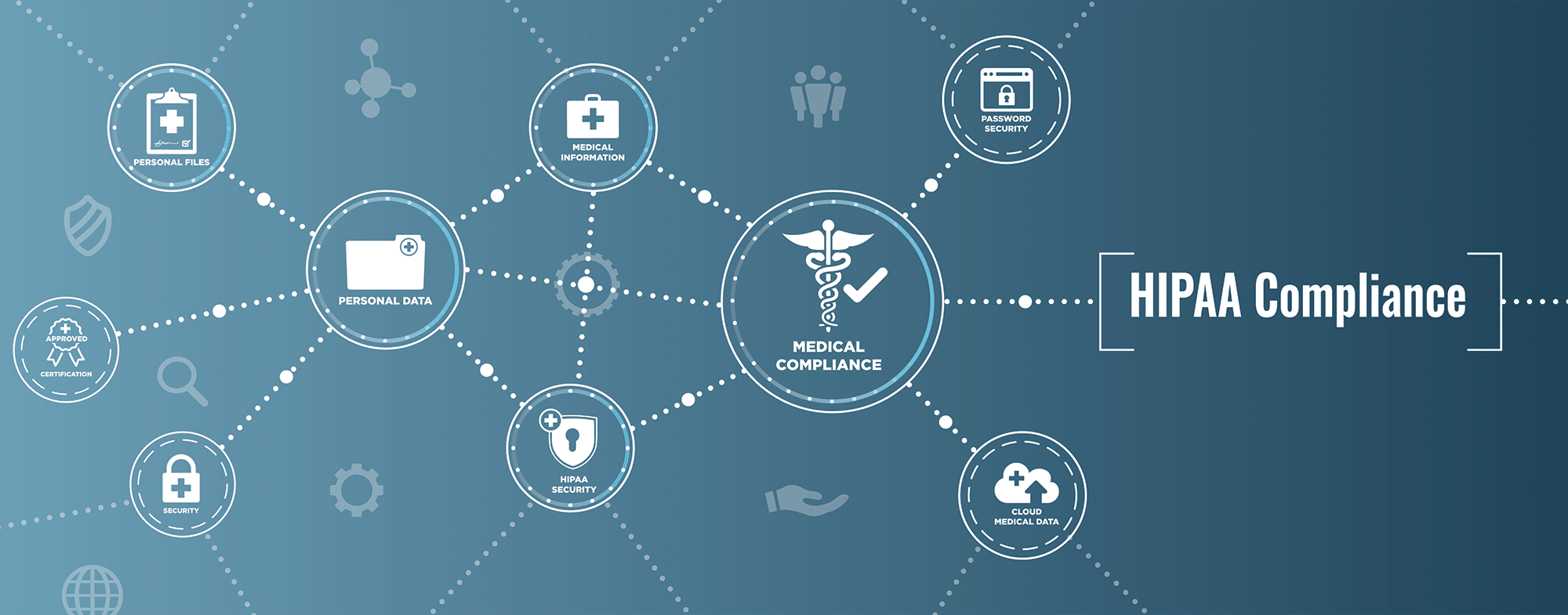Let this sink in for a while. If cybercrime were to be measured as a country, it would be the world’s third-largest economy behind China and the United States.
It’s expected to cause damages totaling US$6 trillion globally in 2021. These costs include damage and destruction of data, theft of intellectual property, personal, and financial data, disruption, fraud, and other costs are brought about by a cyberattack.
For this reason, it’s easy to see why it’s necessary for businesses to incorporate the necessary cybersecurity measures. Simply put, not doing so, can turn out to be devastating.
But what are these cybersecurity costs exactly? This post will look at these costs in more detail and hopefully hit home the point that not incorporating the necessary cybersecurity measures costs a lot more than the capital outlay necessary for the appropriate protection.
Monetary Costs
McAfee estimated in 2018 that the monetary loss from cybercrime was approximately $945 billion. Added to that is the cost or spending on cybersecurity by businesses, which was expected to exceed $145 billion in 2020. As a result, cybersecurity takes a $1 trillion toll on the global economy.
It’s also important to remember that cybercrime is increasing constantly because, firstly, it’s easy and, secondly, cybercriminals face low risks. They adopt innovative technologies and get more advanced in their attacks.
The simple fact is that cybercrime is safe and profitable for cybercriminals and they’ll keep doing it for as long as this is true.
Non-Monetary Costs
Apart from the costs above which are direct monetary costs because of cybercrime, be it remedial costs after an attack, or preventative costs to prevent one, there are several other costs that businesses face because of cybercrime that don’t necessarily boil down to direct monetary expenditure.
Opportunity costs
Opportunity costs are simply those costs that are lost when a resource cannot be used, a service cannot be provided, or a product cannot be delivered because of a cyberattack.
In simple terms, lost opportunity costs are things like lost sales, reduced efficiency, or reduced productivity that led to the overall disruption of the business.
System Downtime
In a sense related to lost opportunity costs, system downtime is typically a result of a cybersecurity incident. This means that a business can’t use its technology and systems as normal. This, in turn, leads to a loss of functionality, a loss of productivity, and a loss of revenue.
This can, for instance, be the case where a ransomware attack prevents access to a business’s systems or data. It can affect both staff and customers and it’s estimated that the financial impact of downtime to any given business is an average of $590,000.
Reduced efficiency
As a result of equipment and tools not being available after a cyberattack, businesses often experience reduced efficiency. In fact, it’s estimated that businesses lose on average nine work hours when experiencing downtime after a cyberattack.
In other words, businesses lose a day’s work because of an attack. Now, that doesn’t sound like much, but if one factors in the sales lost or the revenue lost, it can be quite a substantial amount.
Reputational damage
While the loss of efficiency and loss of opportunities may be a shorter-term effect of a cyberattack, reputational damage is often a long-term consequence of such an incident.
As a result, this is something that businesses should be especially concerned about. It also brings about significant costs that must be incurred to rehabilitate the brand and work with media relations to restore the business’s image.
This is simply because reputation is largely a matter of perception. So, if the perception is that a business is negligent and their data privacy is not important, customers will simply not do business with the business. In fact, a study found that 80% of consumers said that they would change suppliers if they did not trust how their data was handled.
Intellectual Property Theft
Intellectual property theft is part of the lost opportunity costs because of a cybersecurity incident. Here, it’s important to remember that a successful attack doesn’t always mean a direct loss. For instance, when attackers are unsuccessful in using the stolen intellectual property, it can still affect the business when it comes to the development of competing products and services.
So, in simple terms, it leads to reduced research and development efforts by the business which then equates to a loss in revenue.
Incident Response Costs
Once an attack happens businesses must incur costs to restore their IT services back to normal capacity, remove the threat from the system, and retrieve lost data. In other cases, some businesses may not even consider the incident remedied if the source of the attack is not identified.
On average, it takes businesses 19 hours to move from discovery of the incident to remediation and it can take up to eight people to detect and respond to an IT security incident. This means significant work hours, and revenue, are lost in the process.
Apart from these costs, there are also other costs in response to an attack which can include offering customers some sort of compensation because of their data loss or sponsoring them for credit monitoring and fraud alert services.
Damage to Employee Morale
A cybersecurity incident can often have a direct impact on a business’s staff. This simply because their work is interrupted, and also the fact that their private information may have been exposed during a data breach.
Addressing staff morale is therefore important and helps businesses recover their productivity but, unfortunately, it takes time and effort.
It also, in turn, improves security because low morale is linked to increased malicious insider threats and security risks.
The solution
From the above, it’s easy to see why businesses should consider protecting themselves against the risk of a cyberattack. Here, the perfect solution is hiring a cybersecurity service provider.
Typically, cybersecurity providers:
- Are experts in the field of cybersecurity so businesses know they are properly protected against attacks.
- Keep up to date with the latest developments in cybersecurity. As stated above, cybercriminals are getting more innovative and advanced indeed attacks. By keeping up with these developments, these providers can effectively protect a business.
- Cost-effective. They are typically much more affordable than hiring someone in-house to manage IT security. As part of cost-effectiveness, one should also consider the return on investment. Here, if one considers the costs of an incident and weighs that up against the cost of a service provider, it only makes sense and it gives businesses an excellent return on investment.
The Bottom Line
Cybersecurity threats are becoming an increasingly important problem and it’s vital that businesses are protected against it. By hiring a cybersecurity service provider, businesses can ensure that they’re protected at a fair price, which, ultimately, makes for an excellent return on investment.
A note on hiring a cybersecurity firm: It’s important to work with a firm that understands your organization and aligns its security protection to fit the needs of the organization. Starting with a Security Assessment is a good short-term evaluation engagement to identify the best firm for the long term.






